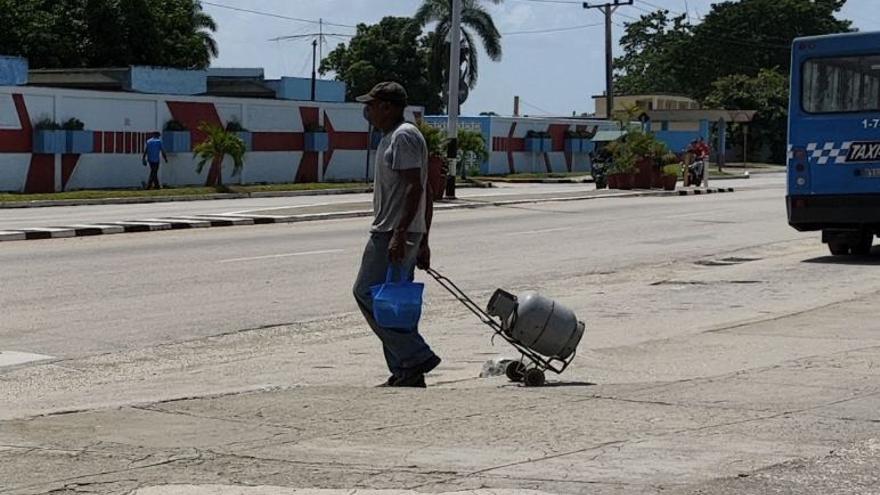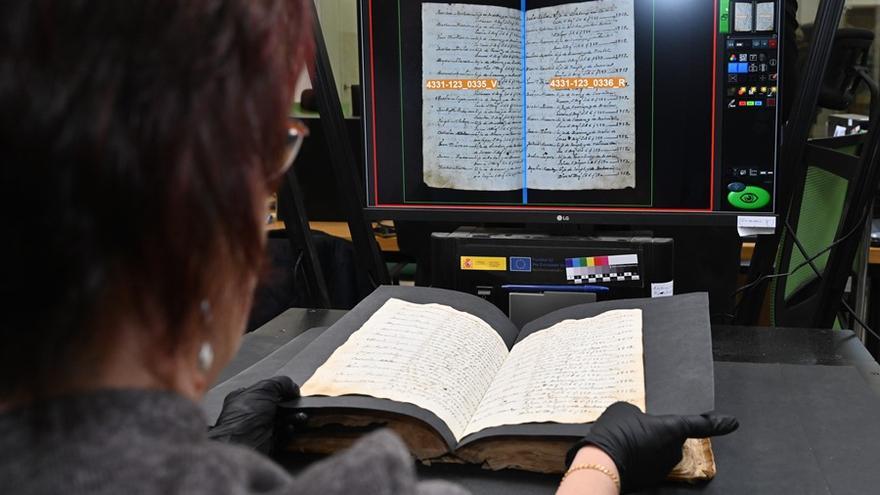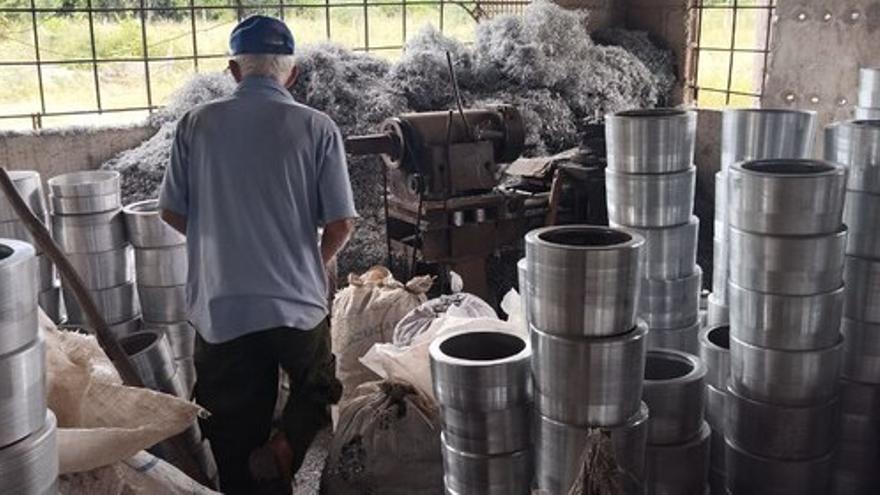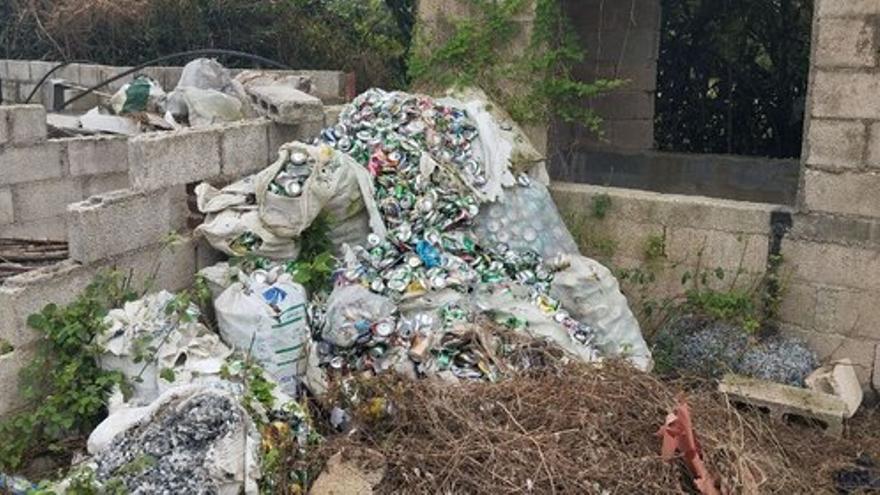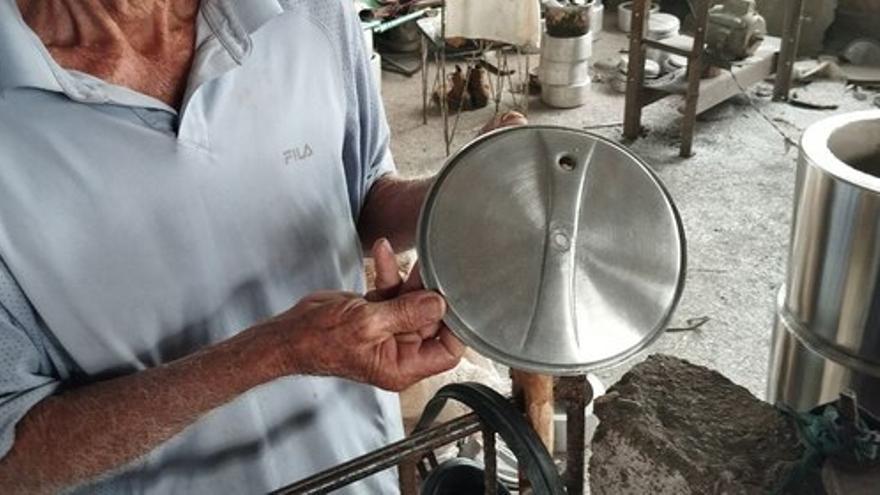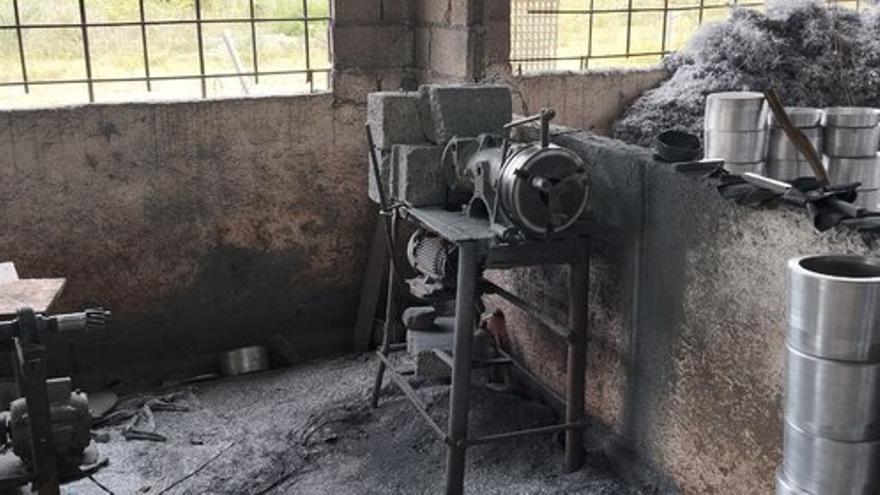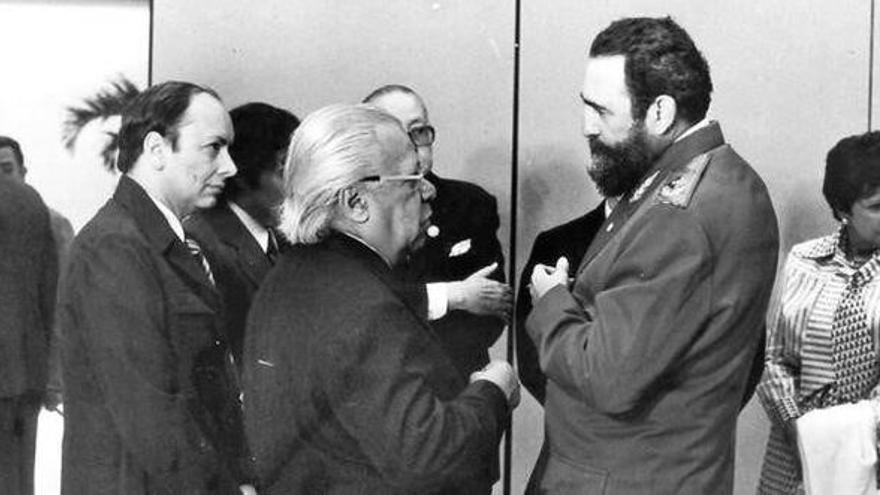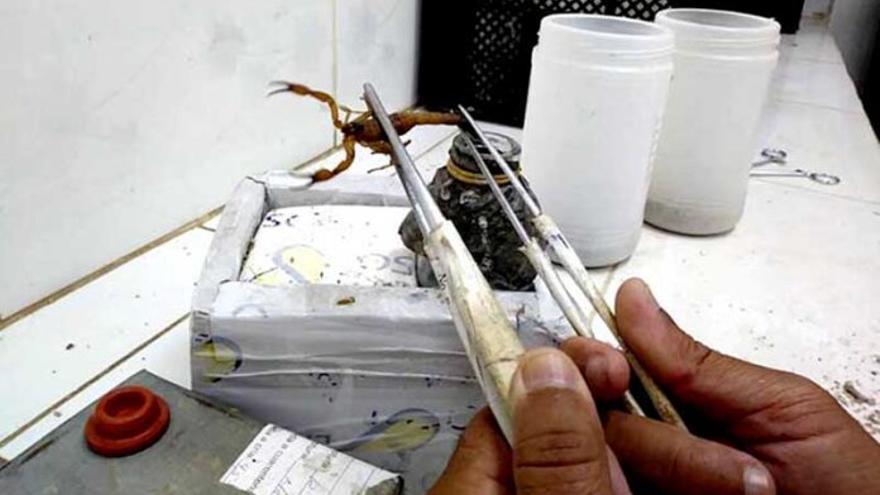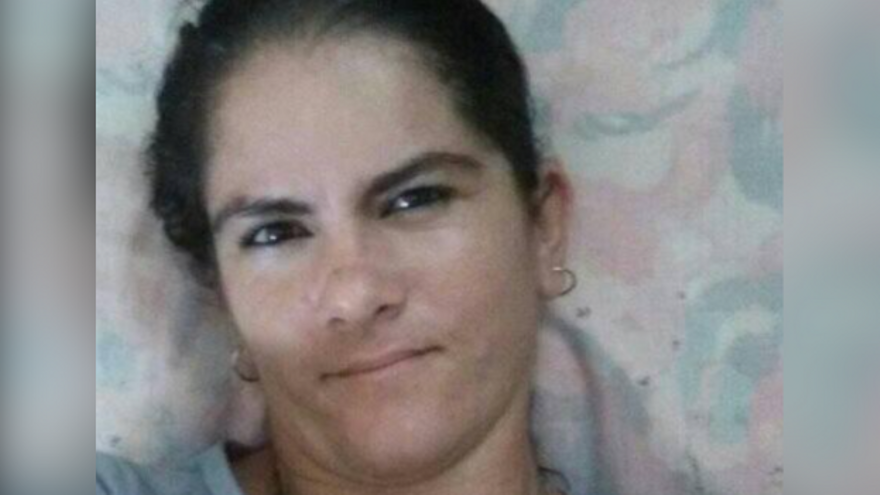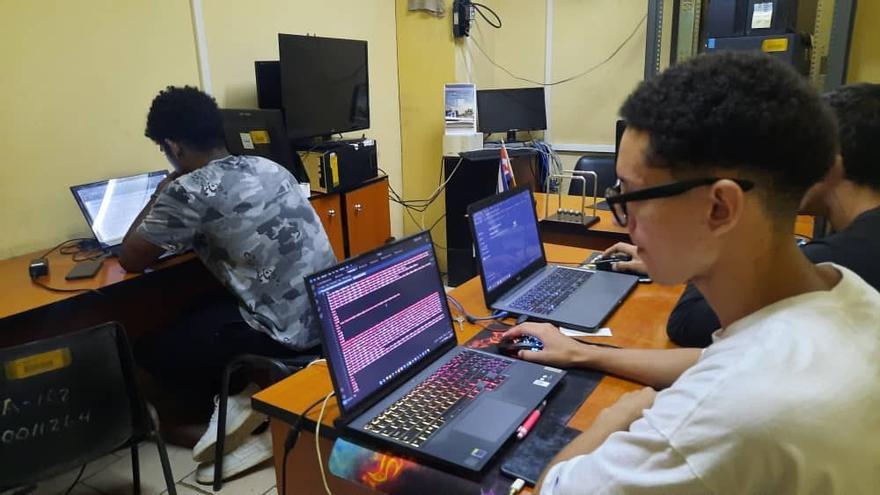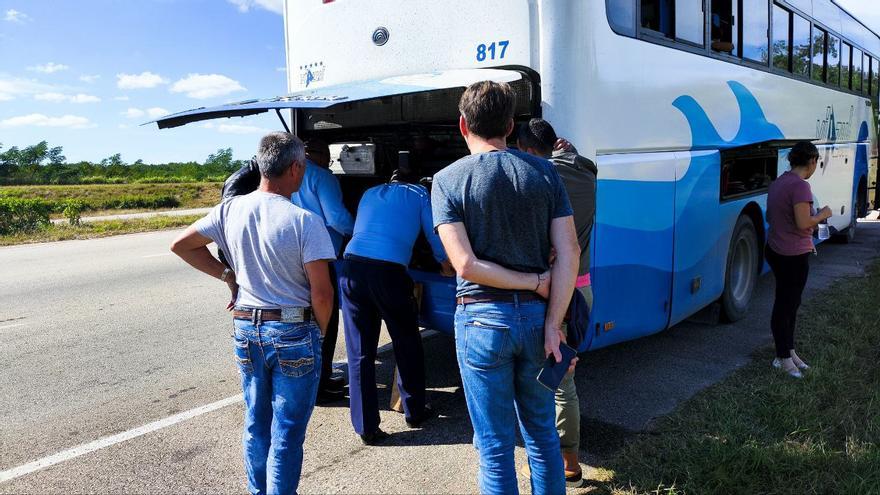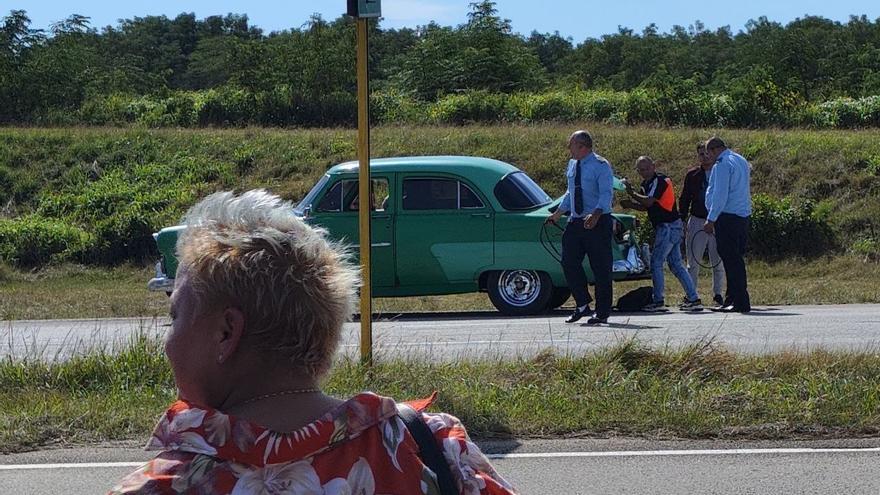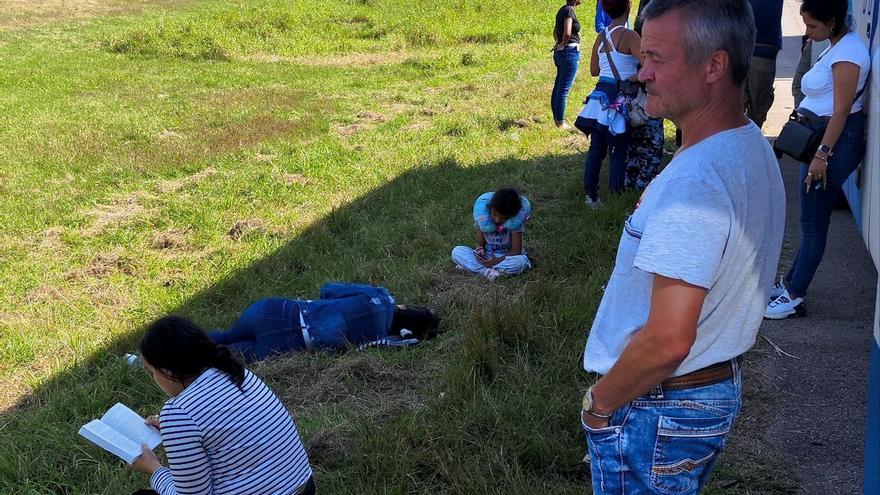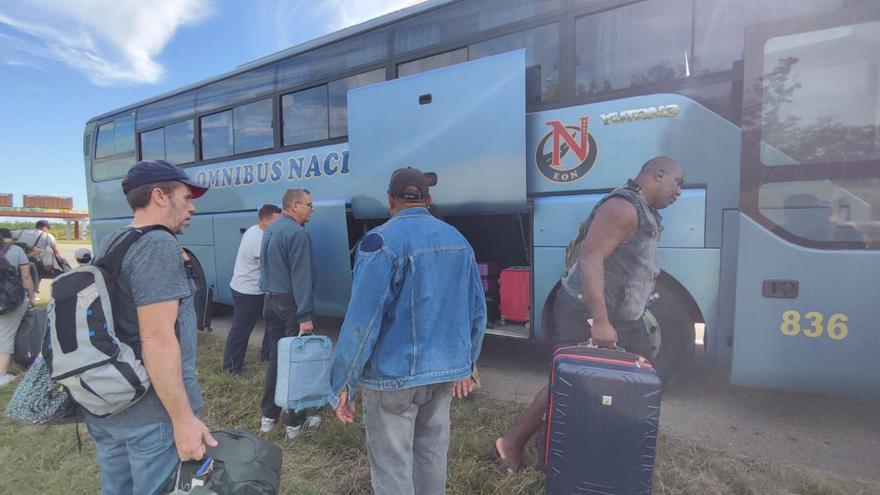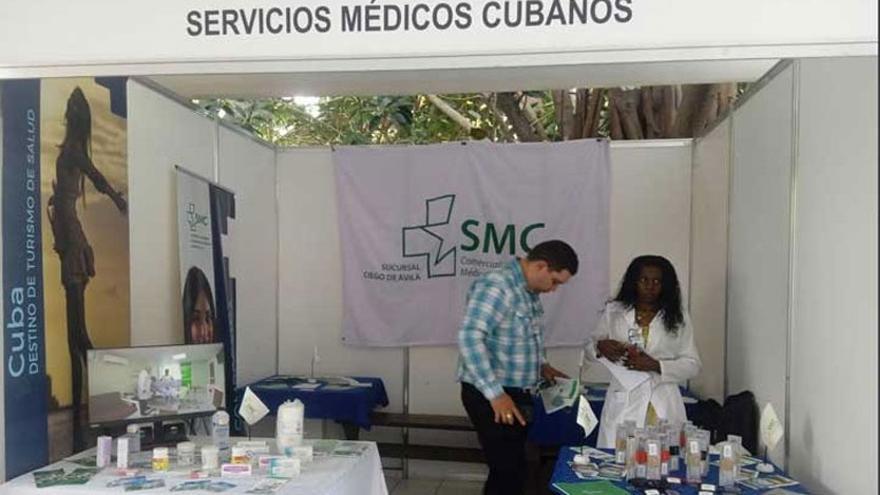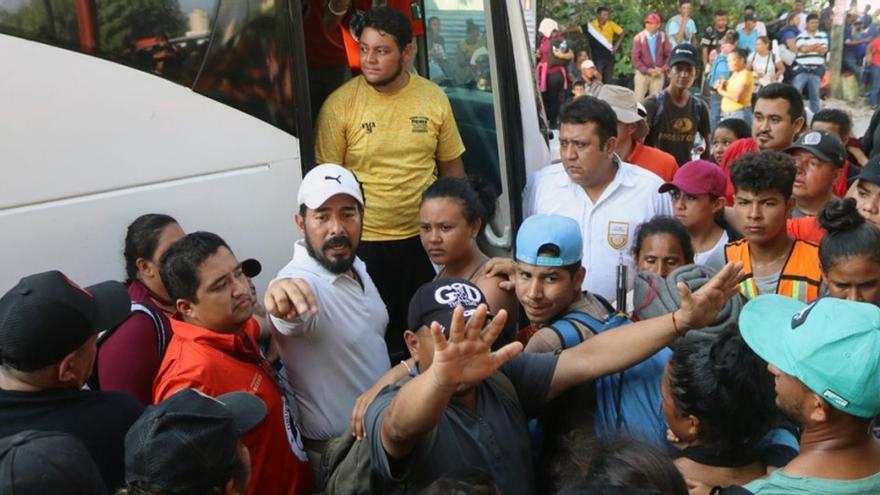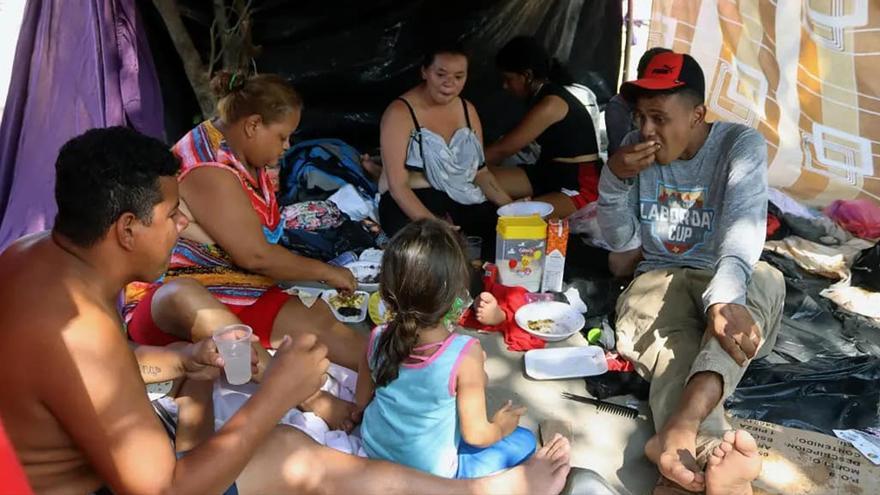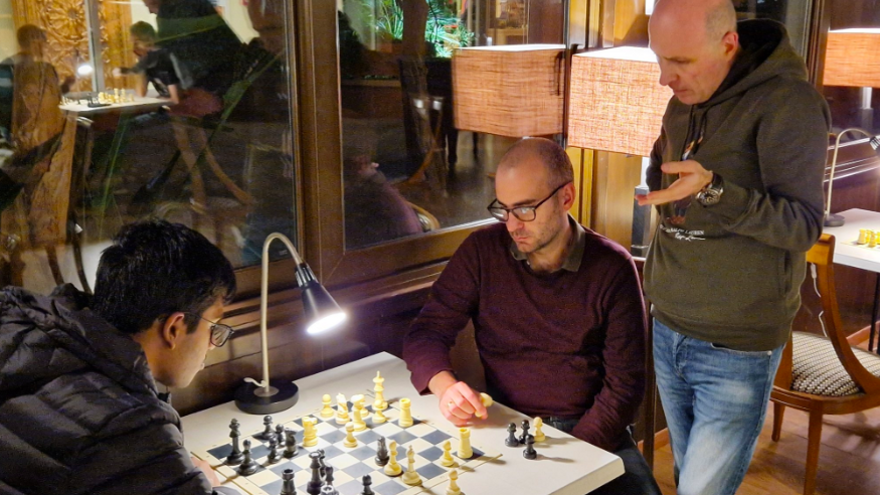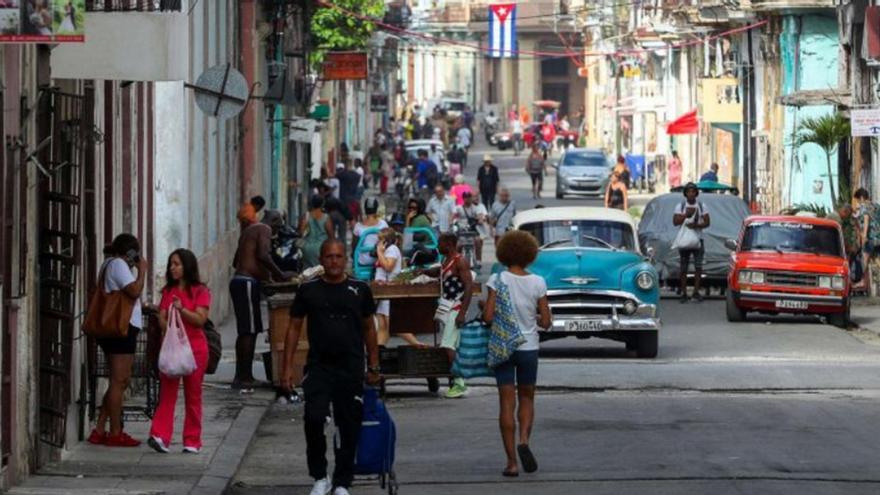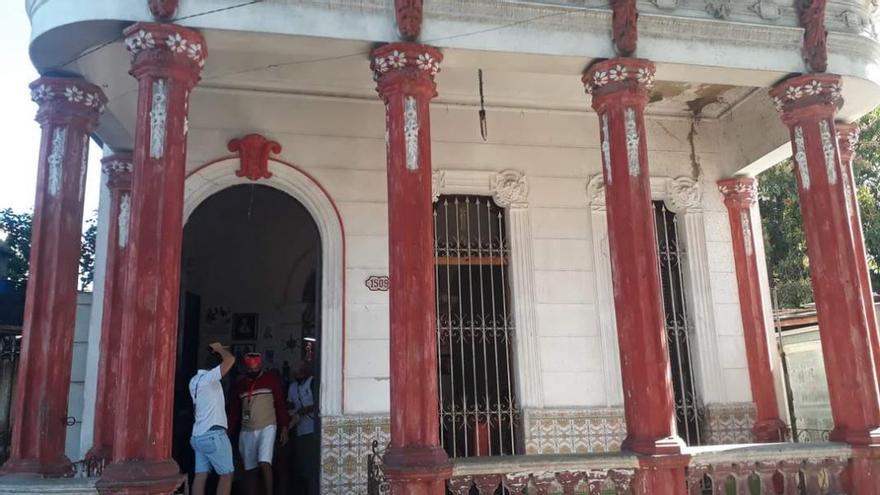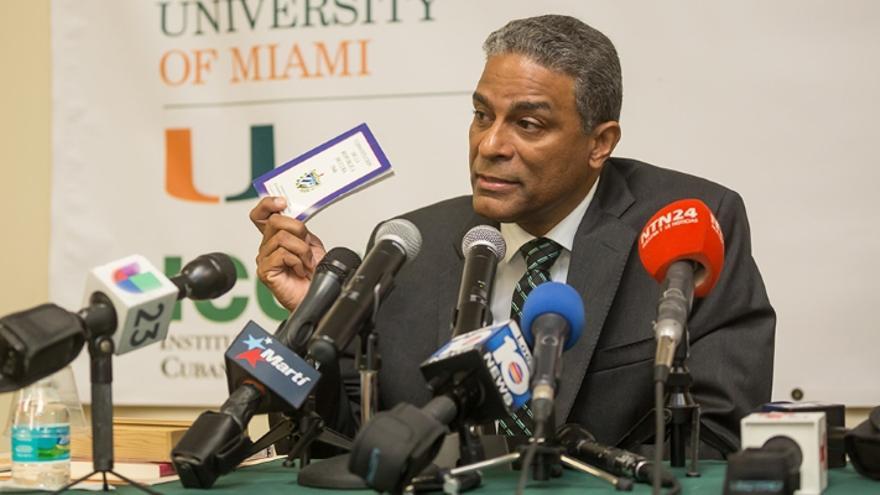
![]() 14ymedio/EFE, Havana, January 9, 2024 — Cuban opponent Oscar Elías Biscet, founder of the Emilia Project that seeks to restore democracy in Cuba, was arrested on Monday near his home in the Lawton neighborhood, in Havana, according to his wife, Elsa Morejón.
14ymedio/EFE, Havana, January 9, 2024 — Cuban opponent Oscar Elías Biscet, founder of the Emilia Project that seeks to restore democracy in Cuba, was arrested on Monday near his home in the Lawton neighborhood, in Havana, according to his wife, Elsa Morejón.
“At 8:00 am Oscar planned to go to a meeting with a group of activists in El Vedado to take stock of the project’s work for the tenth anniversary of its founding. When he left the house, Patrol Car 091 was already waiting for him with two uniformed and two civilian agents,” Morejón told 14ymedio.
According to Biscet’s wife, the agents “waited for him to walk down Milagros Street and get away from the house.” “They do that because they know that I record them,” she explains. The activist was finally arrested two blocks away, on the corner of Milagros and 8th, in the municipality of Diez de Octubre. “The neighbors warned me of the arrest, and I saw the police walking down the street with him,” she adds. continue reading
The activist was finally arrested two blocks away, on the corner of Milagros and 8th, in the municipality of Diez de Octubre
Asked if she knows the whereabouts of Biscet, Morejón says that she doesn’t. “The police’s methodology has always been to come to the house, and if Oscar is there they arrest him, because they know he’s going to leave. I looked out on the balcony and told him that the patrol was there, but he told me that he had to leave, that he was not going to be a prisoner in his own home and had to keep his word and attend the meeting,” she said.
Morejón tried to communicate with the rest of the activists to find out if they had also been arrested, but at the moment she cannot access the Internet. “I can’t post on social networks, I only have WhatsApp occasionally.”
She did, however, manage to contact the wife of José Elías González Agüero, in whose house the meeting would take place. “He told me that the ground floor of his building was surrounded by police officers who did not let anyone in or leave. Everyone who approaches the house is arrested,” says Morejón. “I don’t know if other activists have been arrested or not.”
Lawyer Marcell Felipe, leader of Inspire America – an organization dedicated to “inspiring freedom” in Cuba and the American continent – told the EFE agency that all the phones of the leaders of the Emilia Project are cut off, and they have not been able to find out anything about Biscet’s fate. The opponent, who is a doctor by profession, has been imprisoned on numerous occasions and was one of the 75 sentenced to more than 20 years in prison in the Black Spring of 2003.
Biscet was released in March 2011 in a process of release of political prisoners carried out by the Cuban regime
Biscet was released in March 2011 in a process of release of political prisoners carried out by the Cuban regime with the mediation of the Catholic Church and the Spanish Government.
The Emilia Project, according to its website, is named after one of the Cuban heroines, Emilia Teurbe Tolón, the first Cuban woman banished for political reasons. She embroidered the first Cuban flag with the star and the blue and white stripes that became the national flag.
“Those of us who subscribe to this document, inspired by its patriotic example, propose to carry out this project whose essential objectives are fundamental human rights, democracy and the freedom of the Cuban people,” says the website.
In 2017 Oscar Elías Biscet was awarded by the Hispanic Leadership Institute of the US Congress, and in 2007 he received the Medal of Freedom from President George W. Bush.
Translated by Regina Anavy
____________
COLLABORATE WITH OUR WORK: The 14ymedio team is committed to practicing serious journalism that reflects Cuba’s reality in all its depth. Thank you for joining us on this long journey. We invite you to continue supporting us by becoming a member of 14ymedio now. Together we can continue transforming journalism in Cuba.

